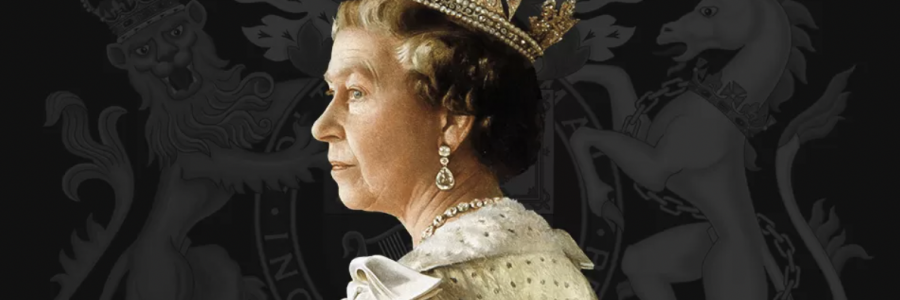
Queen Elizabeth II has died after reigning for 70 years “Moment of Great Sadness”
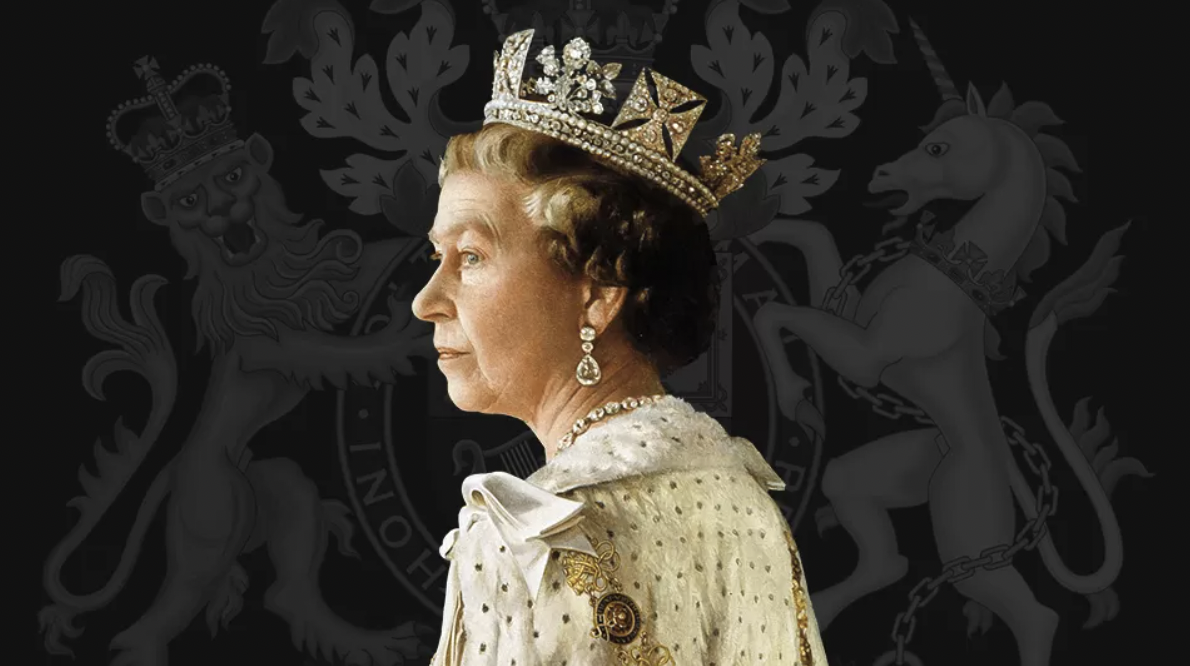
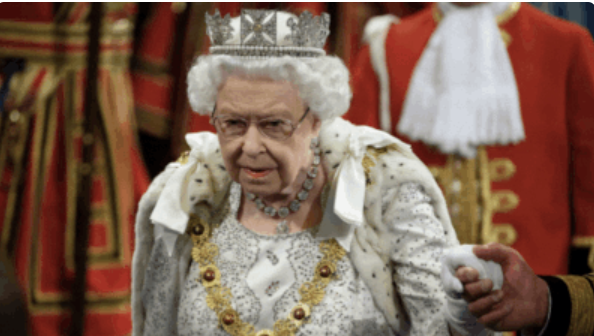
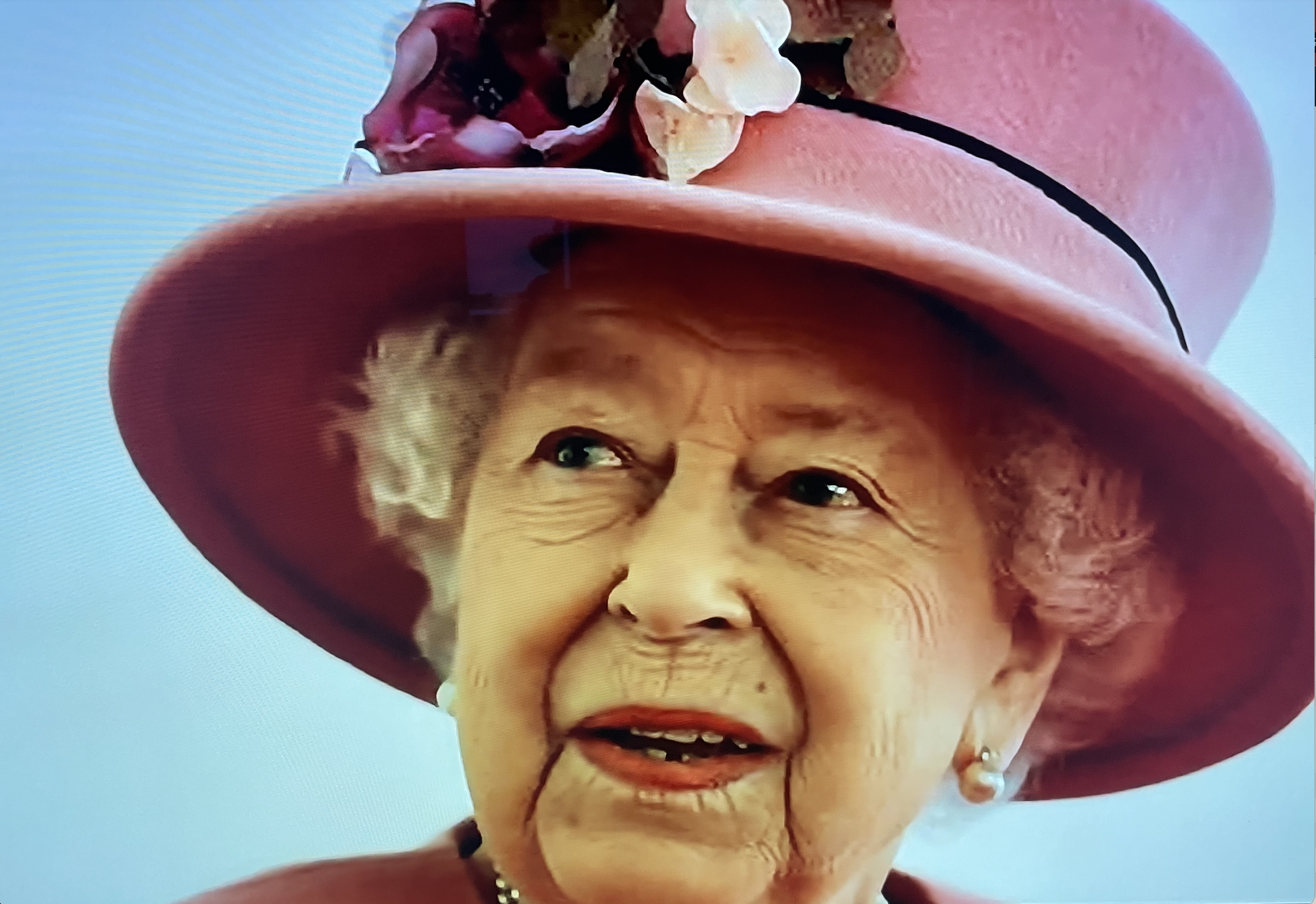
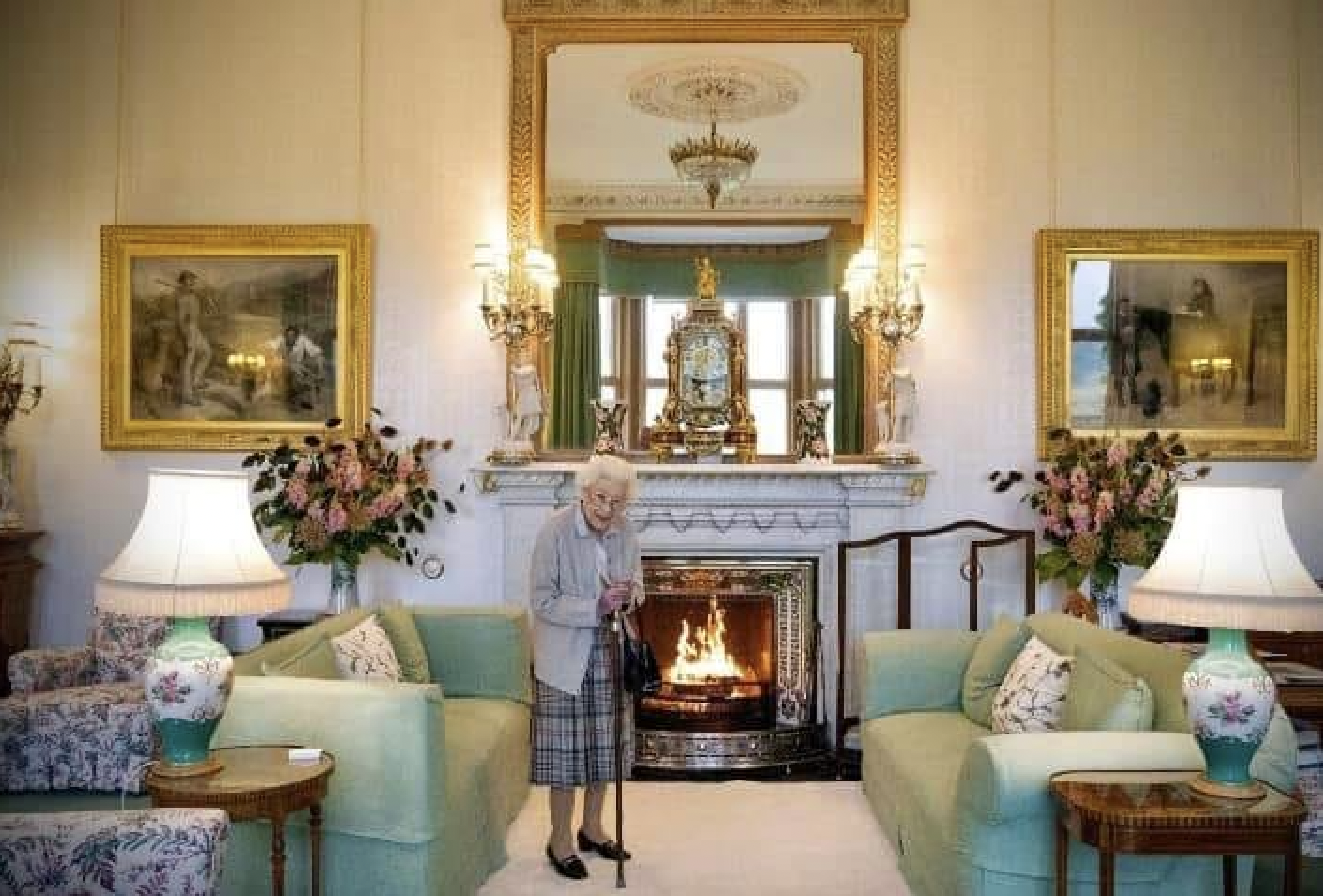
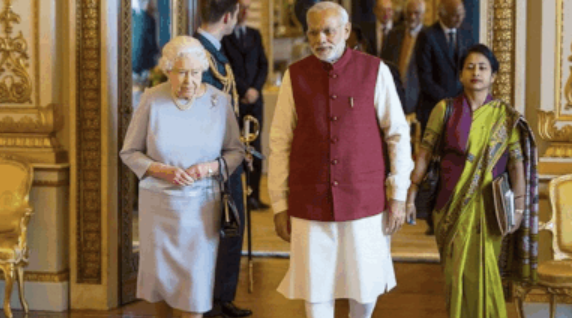
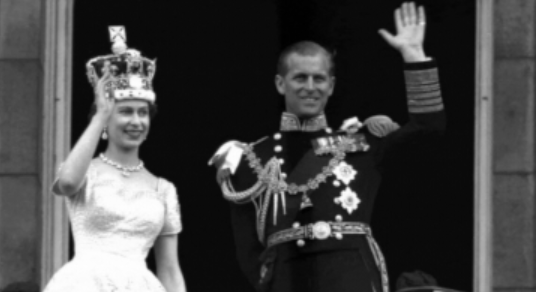
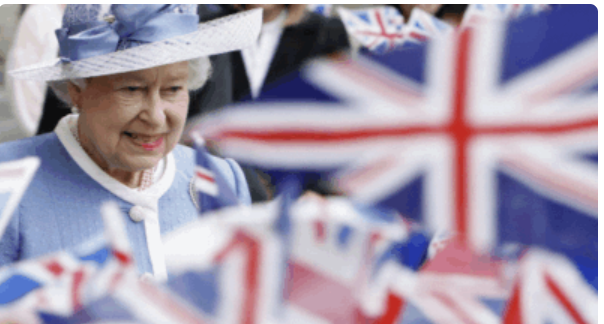
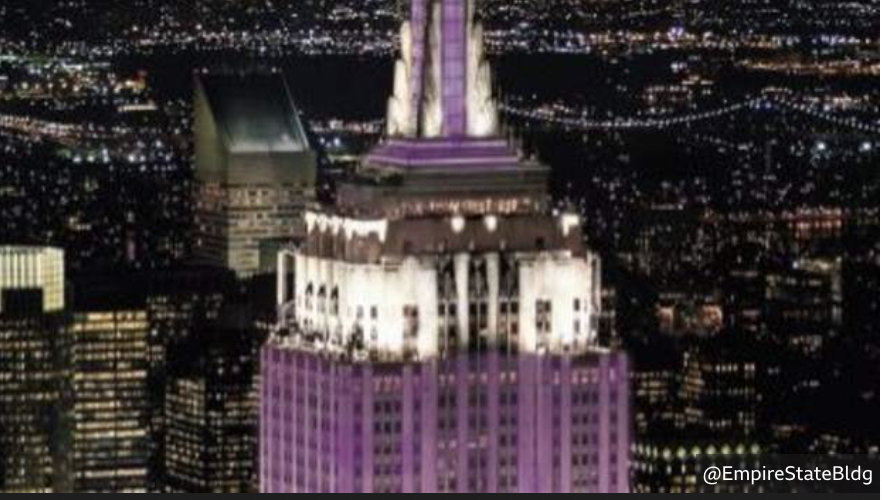
Queen Elizabeth II, the UK’s longest-serving monarch, has died at Balmoral aged 96, after reigning for 70 years.
Her son King Charles III said the death of his beloved mother was a “Moment of great sadness” for him and his family and that her loss would be “deeply felt” around the world. He further said “ We mourn profoundly the passing of a cherished sovereign and much-loved mother. I know her loss will be deeply felt throughout the country, the realms and the Commonwealth, and by countless people around the world”.
The King and his wife Camilla, now Queen Consort, and senior royals had gathered at Balmoral, near Aberdeen, after doctors place the Queen under medical supervision. Her grandson and now heir to the throne, Prince William, and his brother, Prince Harry, also gathered there.
Prime Minister Liz Truss, who was appointed by the Queen on Tuesday, said the monarch was the rock on which modern Britain was built, who had “provided us with the stability and strength that we needed”.
Queen Elizabeth II’s tenure as head of state spanned post-war austerity, the transition from empire to Commonwealth, the end of the Cold War and the UK’s entry into ad withdrawal from the European Union. Her reign spanned 15 prime ministers starting from Winston Churchill, born in 1874, and including Ms Truss, born 101 years later in 1975.
At Buckingham Palace in London, crowds awaiting updates on the Queen’s condition began crying as they heard of her death. The Union Flag on top of the Palace was lowered to half-mast at 18:00BST and an official notice announcing the death was posted outside.
The longest reign of Queen Alexandra May Windsor Elizabeth II was marked by her strong sense of duty and her determination to dedicate her life to her throne and to her people.
Her success in maintaining the monarch through such turbulent times. Even though nobody at the time of her birth, no-one could have foreseen that the throne would be her destiny.
Born on 21 April 1926, in a house just off Berkeley Square in Mayfair, London, the first child of Albert, Duke of York second son of George V. and his Duchess, the former Lady Elizabeth Bowes-Lyon. Both Elizabeth and her sister, Margaret Rose, who was born in 1930, were educated at home and brought up in a loving family atmosphere Elizabeth was extremely close to both her father and her grandfather George V. At the Age of six, Elizabeth told her riding instructor that she wanted to become a “country lady with lots of horses and dogs”.
On the death of George V in 1936, his eldest son known as David, became Edward VIII, whose choice of wife, the twice-divorced American Wallis Simpson, was deemed to be unacceptable on political and religious grounds and at the end of the year he abdicated.
A reluctant Duke of York became King George VI, and his coronation gave Elizabeth the vision of what lay in store for her, and she later wrote that she had found the service “very, very wonderful”.
In the midst of tension in Europe, the new King together with his wife, Queen Elizabeth, set out to restore public faith in the British monarchy. Their example was not lost on their elder daughter. Together with her sister Margaret, she was escorted by one of the cadets, her third cousin, Prince Philip of Greece. Prince Philip called on his royal relatives when on leave from the navy, and by 1944, when she was 19, Elizabeth was clearly in love with him.
The young princes briefly joined the Auxiliary Territorial Service (ATS) towards the end of the war, learning to drive and service a lorry. The Duke of Edinburgh, as Philip had become remained a serving naval officer, with a posting in Malta.
Their first child, Charles was born in 1948, followed by a sister Anne, who arrived in 1950.
In January 1952, Elizabeth, then 25, set off with Philip for an overseas tour against medical advice. The King who suffered considerable stress during the war years was terminally ill with lung cancer. Elizabeth heard of the death of her King while staying at a game lodge in Kenya and the new Queen Immediately returned to London. Her Coronation in June 1953 was televised, despite the opposition of Prime Minister Winston Churchill, and millions gathered around TV sets, to watch Queen Elizabeth II make her oath.
World War II had served to hasten the end of the British Empire, and by the time the new Queen set off on a lengthy tour of the Commonwealth in November 1953, many former British possessions, including India, had gained independence.
Elizabeth became the first reigning monarch to visit Australia and New Zealand. Throughout the 1950s, more countries hauled down the union flag and the former colonies and dominions now came together as a voluntary family of nations, to become the new Commonwealth.
But the decline of British influence was hastened by the Suez debacle in 1956 when it became clear that the Commonwealth lacked the collective will to act together in times of crisis. When British troop was sent to try to prevent Egypt’s threatened nationalization of the Suez Canal ended in an ignominious withdrawal and brought about the resignation of Prime Minister Anthony Eden.
As the Conservative Party had no mechanism for electing a new leader, the Queen invited Harold Macmillan to form a new government.
The Queen was once more at the center of a political row when in 1963, Harold Macmillan stood down as prime minister. By 1977, the Silver Jubilee was celebrated with genuine enthusiasm in street parties and in ceremonies across the kingdom. Two years later, Britain had, in Margaret Thatcher, its first woman prime minister.
After the Gulf War, in 1991, she went to the United States to become the first British monarch to address a joint session of Congress, President George HW Bush said she had been “ Freedom’s friend for as long as we can remember”.
The Queen’s second son, the Duke of York, and his wife Sarah separated, while Prince and Princess Anne’s marriage to Mark Philip ended in divorce. Then the Prince and Princess of Wales were revealed to be deeply unhappy and eventually split up. The Queen saw value in the Commonwealth and was deeply gratified when South Africa, when she had come of age, at last, threw apartheid aside she celebrated with a visit in March 1995.
The Monarchy was shaken and the Queen herself attracted unusual criticism after the death of Diana, Princes of Wales, in a car accident in Paris in August 1997. As the public crowded around the palaces in London with tributes of flowers, the Queen seemed reluctant to provide the focus that she had always tried to do during great national moments and eventually she made a live broadcast, paying tribute to her daughter-in-law and making a commitment that the monarchy would adopt.
The death of the Queen Mother, and Princes Margaret, in the Queen’s Golden Jubilee year, 2002, cast a shadow over nationwide celebrations of her reign.
The Diamond Jubilee brought hundreds of thousands of people onto the streets ad culminated in a weekend of celebrations in London. After the speech to Parliament in 1977 in which she made clear her commitment to the United Kingdom, the referendum on Scottish independence in September 2014 was a testing time for the Queen.
On the occasion of her Silver Jubilee, she recalled the pledge she had made on a visit to South Africa 30 years before, saying “When I was 21, I pledged my life to the service of our people and I asked for God’s help to make good that vow. Although that vow was made in my salad days, when I was green in judgment, I do not regret, or retract, one word of it”.
Joe Biden The US President said “ stateswoman of unmatched dignity and constancy”
Putin Russian President said “ Deepest condolences to King Charles III on the death of his mothef, She had authority on the world stage”
Queen working to the very end
Australian Prime Minister Anthony Albanese “ A monarch who let her humanity show. Reassuring constant amidst rapid change”
NZ Prime Minister. Jacinda Ardern “A time of enormous loss, An incredible woman.
India’s prime Minister, Narendra Modi, said the Queen personified dignity and decency in public life.
South African President Cyril Ramaphosa said the Queen’s commitment and dedication was a noble and virtuous example to the entire world.
The President of Ghana, Nana Akufo-Addo said the Queen was the rock that kept the Commonwealth sturdy and true” and remembered her “elegance, style and the sheer joy she brought to the performance of her duties”.
The Duchess of York the former wife of Prince Andrew, said she is heartbroken by the death of the Queen and said further “ an extraordinary legacy, she was a fantastic example of duty, service, and steadfastness. The Queen was the most incredible mother-in-law and friend”.
Sir Elton John said “the monarch was a huge part of my life from childhood to this day. She was an inspiring presence to be around, and she led the country through some of our greatest and darkest moments with grace, decency, and a genuine caring warmth”.
Dame Shirley Bassey said, “ the monarch remained steadfast, dignified, inspirational. Her courage was mighty, her example iconic”.
Sir Paul McCartney said, “ God Bless Queen Elizabeth II. May she rest in peace . Long live the King”.
Mick Jagger of Rolling Stones said: “The Queen as the much-beloved grandmother of the nation”.
